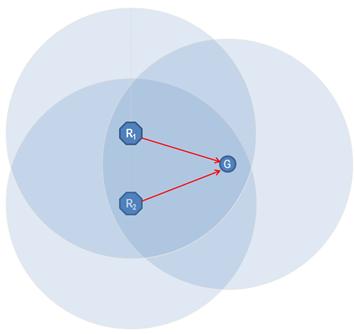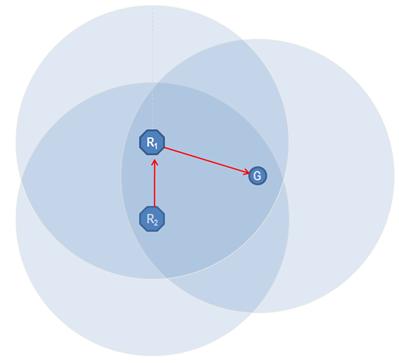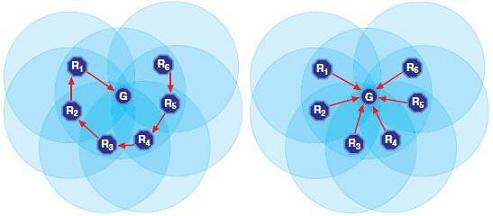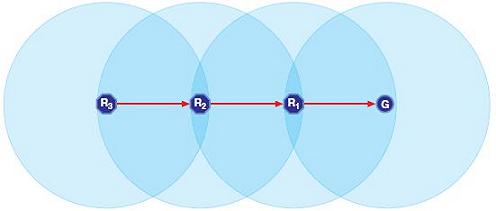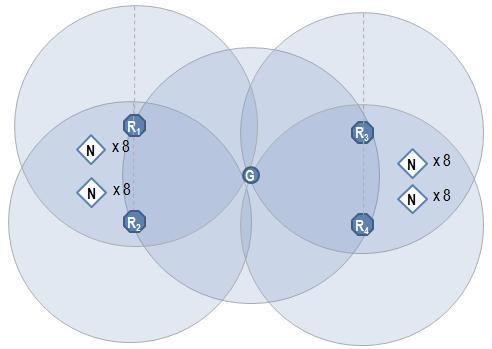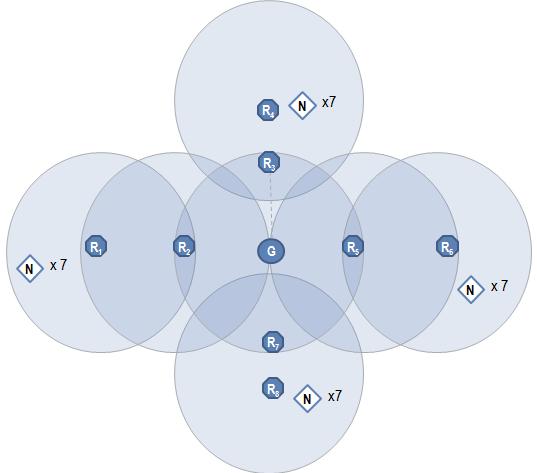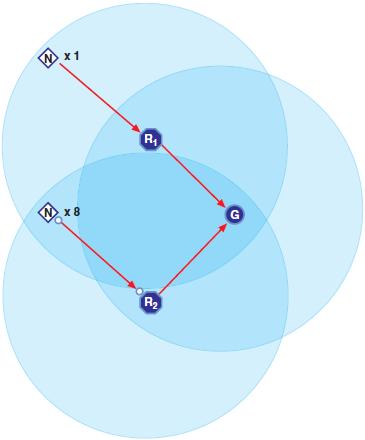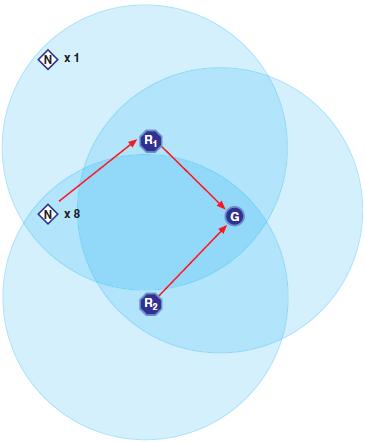Setting up a wireless network used to be very complicated and beyond most non technical people. Today, however, as long as you have the right tools, setting up and configuring your wireless network is a breeze.
Plugging everything in is an important part of setting up your wireless network, but believe it or not, that's not the end of it. The next step in the process is configuring your wireless network, and sometimes that can be easier said than done. There are a number of things that can stand in your way, so let's discuss some of them, and when the time comes, you should be able to move past them with relative ease.
First of all there are the wireless network drivers. A wireless network installation is going to require drivers, so if your wireless network PC card did not come with those drivers, you will need to search the internet. Luckily you won't have to look very far, because for the most part the original manufacturer's website will have these drivers. The only time that this will not be true is in the event that you somehow have a legacy network card and the original manufacturer has discontinued both the hardware and the drivers. In this case you will have to dig a bit deeper. For example you might need to seek out a third party driver website. Either way you should be able to find what you need so long as you look hard enough.
If you want to connect more than one network, then you might consider using a wireless network bridge so that you can see the other network and share files with it. This will come in handy if for some reason you have decided to set up a print server on another network. You can probably already see the potential benefits of this, so it would be wise to begin researching the way in which your current operating system handles bridges.
If you want to take full advantage of your wireless network, then a wireless network PC card would be a great idea. There are many laptops that have a card built in, but sometimes these cards do not live up to their name. It would be best to have a PCMCIA card in your laptop because these types of cards typically have a much longer range and transmit a more powerful signal to the router. These are normally much preferred over USB cards, but in time, providing that USB cards become more powerful, the PCMCIA card may fade into the past like the floppy drive and zip drive before it.
Wireless network configuration does not have to be difficult, and as long as you have all the right wireless network tools and equipment, you should find that the process is relatively painless, even to the computer novice. So go forth and find a way to set up your wireless network. Soon enough you will be surfing the net and sharing your files faster and easier than ever before.
First of all there are the wireless network drivers. A wireless network installation is going to require drivers, so if your wireless network PC card did not come with those drivers, you will need to search the internet. Luckily you won't have to look very far, because for the most part the original manufacturer's website will have these drivers. The only time that this will not be true is in the event that you somehow have a legacy network card and the original manufacturer has discontinued both the hardware and the drivers. In this case you will have to dig a bit deeper. For example you might need to seek out a third party driver website. Either way you should be able to find what you need so long as you look hard enough.
If you want to connect more than one network, then you might consider using a wireless network bridge so that you can see the other network and share files with it. This will come in handy if for some reason you have decided to set up a print server on another network. You can probably already see the potential benefits of this, so it would be wise to begin researching the way in which your current operating system handles bridges.
If you want to take full advantage of your wireless network, then a wireless network PC card would be a great idea. There are many laptops that have a card built in, but sometimes these cards do not live up to their name. It would be best to have a PCMCIA card in your laptop because these types of cards typically have a much longer range and transmit a more powerful signal to the router. These are normally much preferred over USB cards, but in time, providing that USB cards become more powerful, the PCMCIA card may fade into the past like the floppy drive and zip drive before it.
Wireless network configuration does not have to be difficult, and as long as you have all the right wireless network tools and equipment, you should find that the process is relatively painless, even to the computer novice. So go forth and find a way to set up your wireless network. Soon enough you will be surfing the net and sharing your files faster and easier than ever before.


